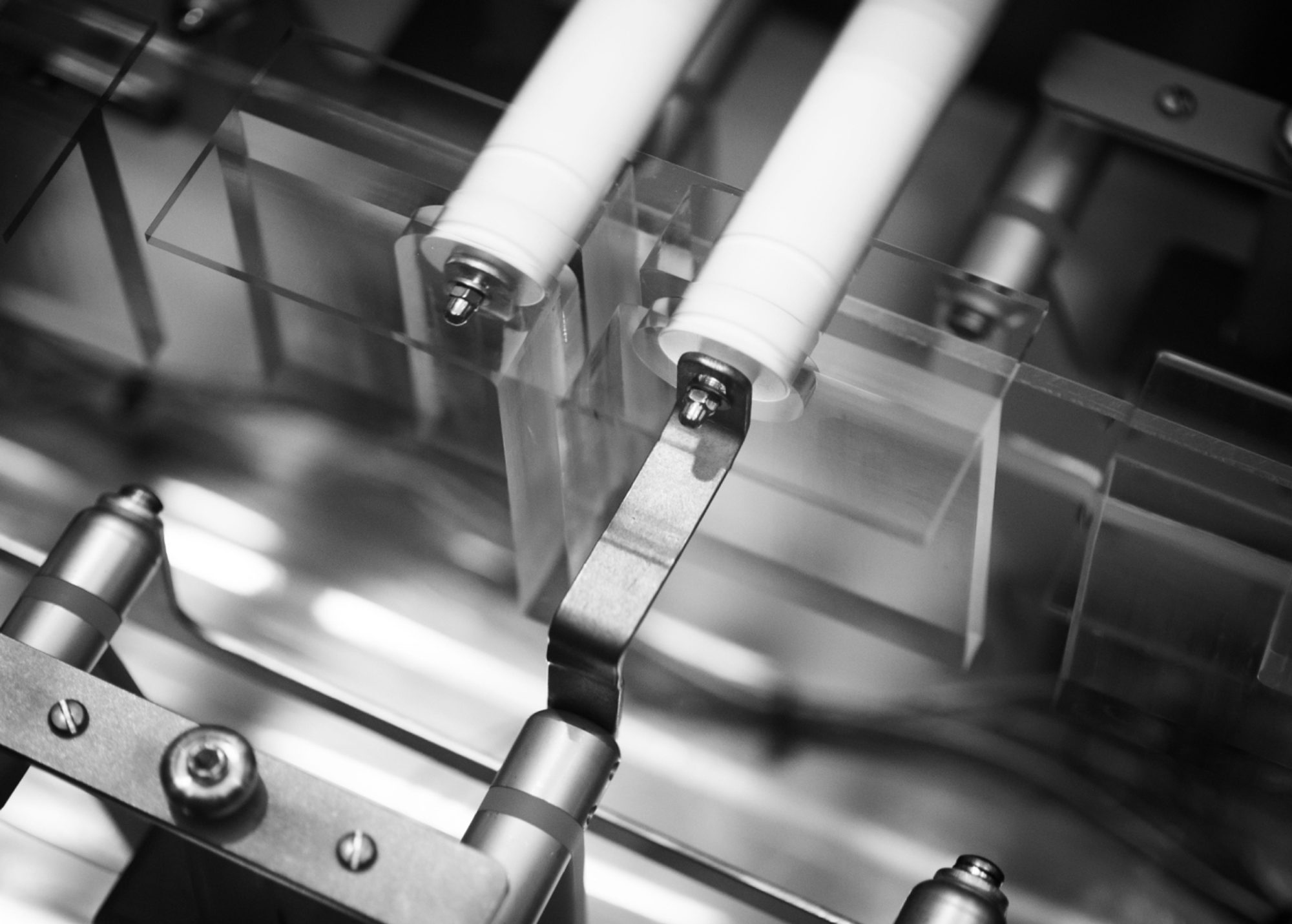A 1,000x leap toward commercial fusion

Today, we’re sharing some exciting progress on our Demonstration System (DS), which is on track to achieve net facility gain — more fusion energy out than all the energy stored in the system, something that’s never been done before — by 2030.
First, we’re releasing our technical roadmap for the DS. The paper, entitled “Affordable, manageable, practical, and scalable (AMPS) high-yield and high-gain inertial fusion,” lays out our detailed path to building a first-of-a-kind inertial fusion system that achieves net facility gain and meets the AMPS criteria for enabling economically competitive fusion power — that is, affordable, manageable, practical, and scalable enough to compete economically with other power sources. While the paper is aimed at fusion experts, its bottom line is simple:
- The analysis shows that the DS will achieve 100-fold higher gain and be 10-fold less costly than the only fusion system so far to achieve ignition. The National Ignition Facility (NIF) at Lawrence Livermore National Laboratory holds that record, having used laser-driven inertial fusion to reach that long-sought goal in 2022.
- That’s a 1,000-fold leap in practical performance. Due to its greater efficiency, the DS will not only achieve ignition but also reach net facility gain, a feat that’s never been done before. And, most importantly, it will do so at a low cost — a major step toward powering the world with abundant, affordable, clean energy.
By sharing our plans and early progress now, we are inviting the fusion community to engage with us, offer feedback, and help accelerate the path to practical fusion power.
Second, we completed our Phase I milestones well ahead of schedule and have unlocked the next round of capital committed in our Series A. As discussed in our Founders' Letter, we structured that funding round in a unique way with funding committed upfront to mitigate financing risk and unlocked as we achieved predefined milestones to ensure accountability. We’d originally projected to complete our first set of milestones no later than June 2025, but we completed them in November 2024. After review by external experts, the next tranche of funding was released.
Some important Phase I milestones included:
- building the key components (bricks, stages) of our pulser and showing that they meet the specifications required to power the DS,
- developing world-class simulation capabilities, and validating them against experimental work and simulation work done at the U.S. national laboratories, and
- using those simulation capabilities to show that we can build targets that achieve ignition on the DS.
We’ve now proven that the building blocks of our system work as required and that our simulations can accurately predict fusion performance. That gives us the confidence to move quickly toward full-scale hardware and ultimately demonstrate net facility gain.
We’re now driving toward our Phase II milestones. That list includes completing the first DS pulser module and showing that it performs as required. The full-scale pulser consists of 156 identical modules, each assembled from mass-manufacturable components, helping to keep costs low. So, once we have built one module, building another 155 modules is a matter of execution.
It’s been a busy time at Pacific Fusion.
Want to build with us? We are hiring.